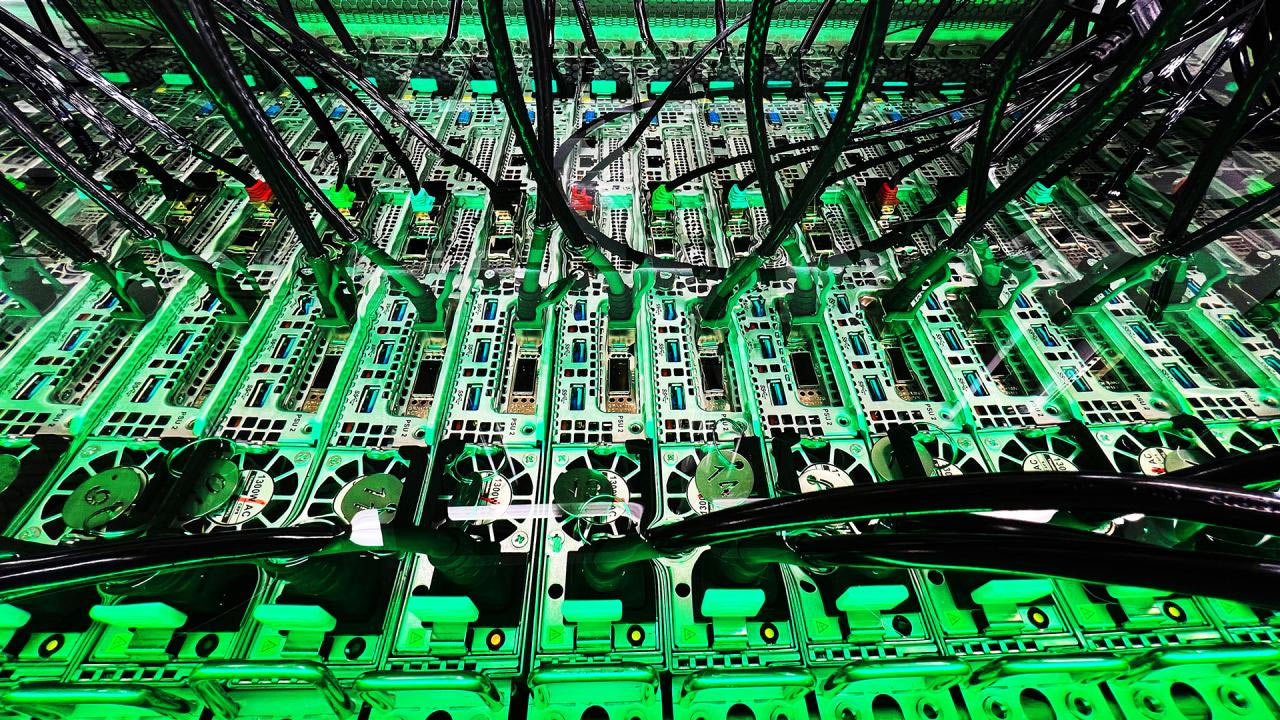
Intel Preps 2000W Coolers for Future Chips
Intel researchers are working on novel solutions to cool next-gen chips up to 2000W. The iconic x86 chipmaker already threw its weight behind immersion cooling a few years back. However, the march of Moore’s Law and increasing chip densities means Intel is now busy looking to adapt/augment its best cooling technology with “new materials and structures.”
Cooling is a very serious business, especially in the data center. Improvements to cooling efficiency can significantly impact the bottom line of a data center operator. Powerful processors will chew through the lion’s share of watts, but research suggests cooling accounts for up to 40% of a facility’s power consumption. Better cooling could also allow chips to run faster.
Tantalizingly, Intel says that it will be working closely with innovative cooling technology companies on solutions that “seem squarely in the realm of science fiction.” It doesn’t name names, but the clues are big enough for us to have an educated guess about two of its major collaborators.
Coral-like Structures, Tiny Liquid Jets
One of the new cooling solutions is said to be based on technology “like 3D vapor chambers embedded in coral-shaped heat sinks.” This sounds like it could be a collaboration with Belgium’s Diabatix, which specializes in heatsinks and cold plates created by a generative design software platform. The results look highly organic, like coral growth, and the structures make for ultra-low thermal resistance.
Intel also mentions that a partner has technology that features “tiny jets, adjusted by artificial intelligence, that shoot cool water over hot spots in the chip to remove heat.” Again, Intel doesn’t name any names, but the technology sounds very similar to that championed by MIT spinoff JetCool. This Massachusetts-based firm also fits the brief of providing integrated die-cooling technology for “exceptional” performance.
Elsewhere in its blog about potential new cooling technologies, Intel mentions it is looking closely at cooling technologies utilizing 3D vapor champers, advanced materials, and boiling enhancement coatings. This work is “existentially important for our future,” said Tejas Shah, lead thermal architect for Intel’s Super Compute Platforms group.
Cooling isn’t all about efficiency and saving energy, though. Intel asserts that new cooling technology has the potential to enable processors to run at lower temperatures and thus deliver “a 5% to 7% increase in performance for the same power.”

